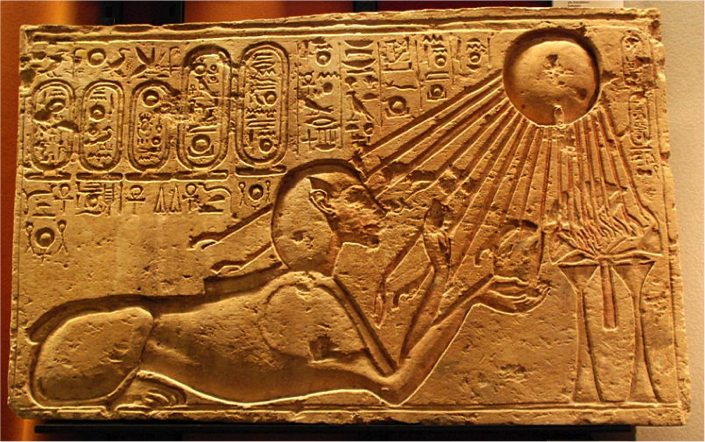by Marcus Braybrooke
“One should listen to and respect the religions of other people.” These words that Aśoka had engraved on rocks across his vast empire more than 2,000 years ago still need to be heard today. King Aśoka, the third monarch of the Indian Mauryan dynasty, was largely forgotten until early in the 19th century when a large number of edicts, inscribed on rocks and pillars, were discovered.








